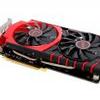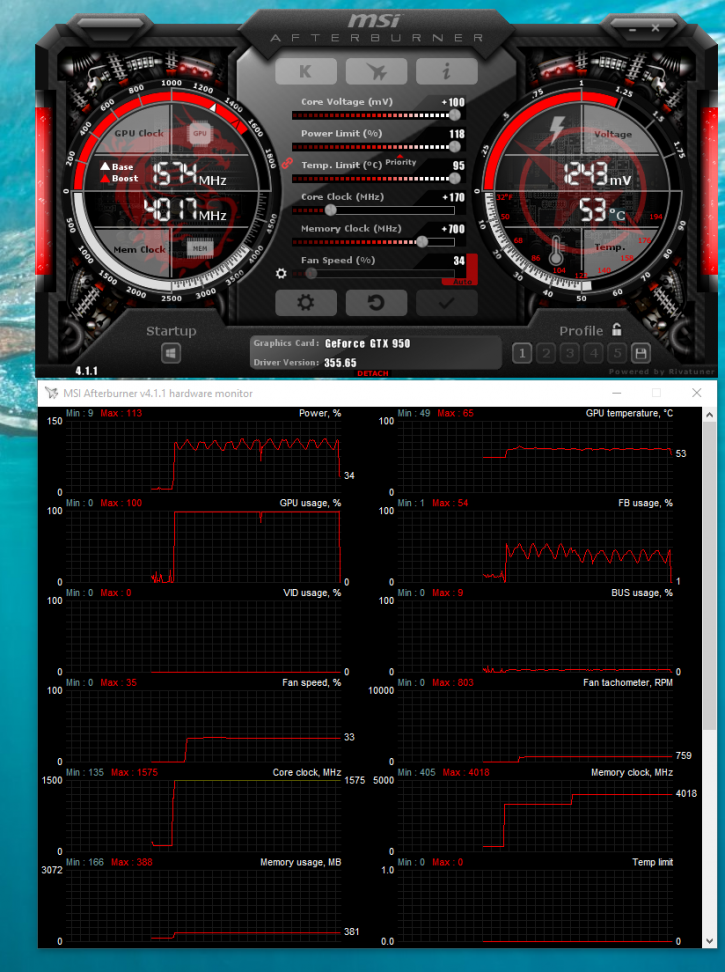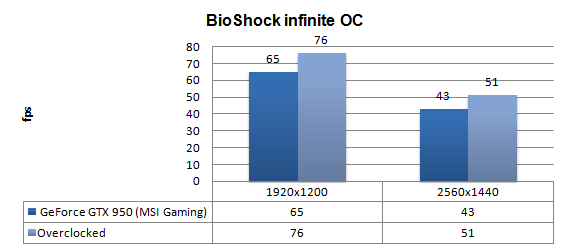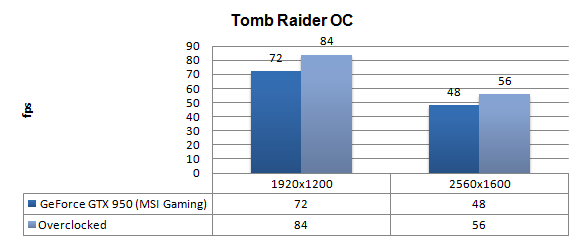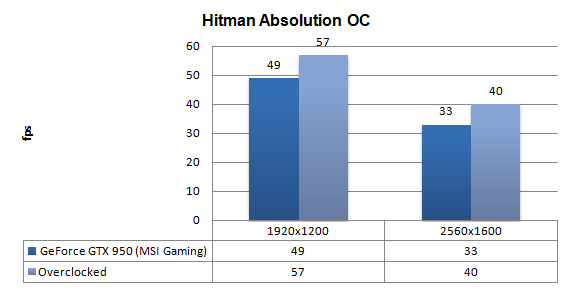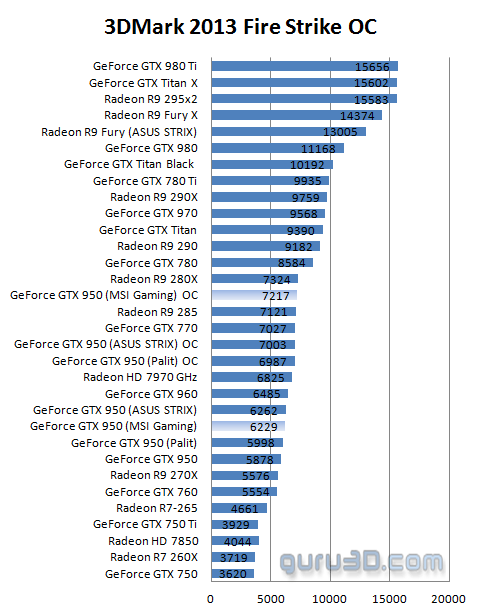Overclocking The Graphics Card
Overclocking the graphics card
As most of you know, with most video cards you can apply a simple series of tricks to boost the overall performance a little. Typically you can tweak on core clock frequencies and voltages.
What Do We Need?
One of the best tools for overclocking Nvidia and AMD videocards is our own AfterBurner which will work with 90% of the graphics cards out there. We can really recommend it, download here.
Where Should We Go?
Overclocking: By increasing the frequency of the videocard's memory and GPU, we can make the videocard increase its calculation clock cycles per second. It sounds hard, but it can really be done in less than a few minutes. I always tend to recommend to novice users and beginners, to not increase the frequency any higher than 5% on the core and memory clock. Example: If your card runs at 600 MHz (which is pretty common these days) then I suggest that you don't increase the frequency any higher than 30 to 50 MHz.
More advanced users push the frequency often way higher. Usually when your 3D graphics start to show artifacts such as white dots ("snow"), you should back down 25 MHz and leave it at that. Usually when you are overclocking too hard, it'll start to show artifacts, empty polygons or it will even freeze. Carefully find that limit and then back down at least 20 MHz from the moment you notice an artifact. Look carefully and observe well. I really wouldn't know why you need to overclock today's tested card anyway, but we'll still show it.
All in all... do it at your own risk!
| Original | This sample | Overclocked |
| Core Clock: 1024 MHz | Core Clock: 1127 MHz | Core Clock 1297 MHz |
| Boost Clock: 1188 MHz | Boost Clock: 1317 MHz | Boost Clock: ~1,575 MHz |
| Memory Clock: 6600 MHz | Memory Clock: 6650 MHz | Memory Clock: 8034 MHz |
With AfterBurner we applied the following settings:
- Temp Target 95 Degrees C
- CPU clock +170 MHz (from default 1127 MHz)
- power limiter 118%
- Mem clock +700 MHz (x2 for effective data-rate)
- Voltage +100Mv
- FAN RPM 60%
For all overclocked games above we have used the very same image quality settings as shown before. Overall, the generic thumb of rule here for a decent tweak and overclock is that performance can gain anywhere from 5% to 20% performance. The end result depends on a lot of variables though, including power limiters, temperature limiters, fill-rate and so on the performance increment can differ per card, brand, heck... even cooling solution and your chassis airflow.
And below another thermal image this time when overclocked. Interesting was to find out that the fan RPM at 60% made the card perform way better when overclocked compared to default thermals wise. It was now at a hearable 41 DBa satge, albeit that thill is a very normal noise level close to silent.
